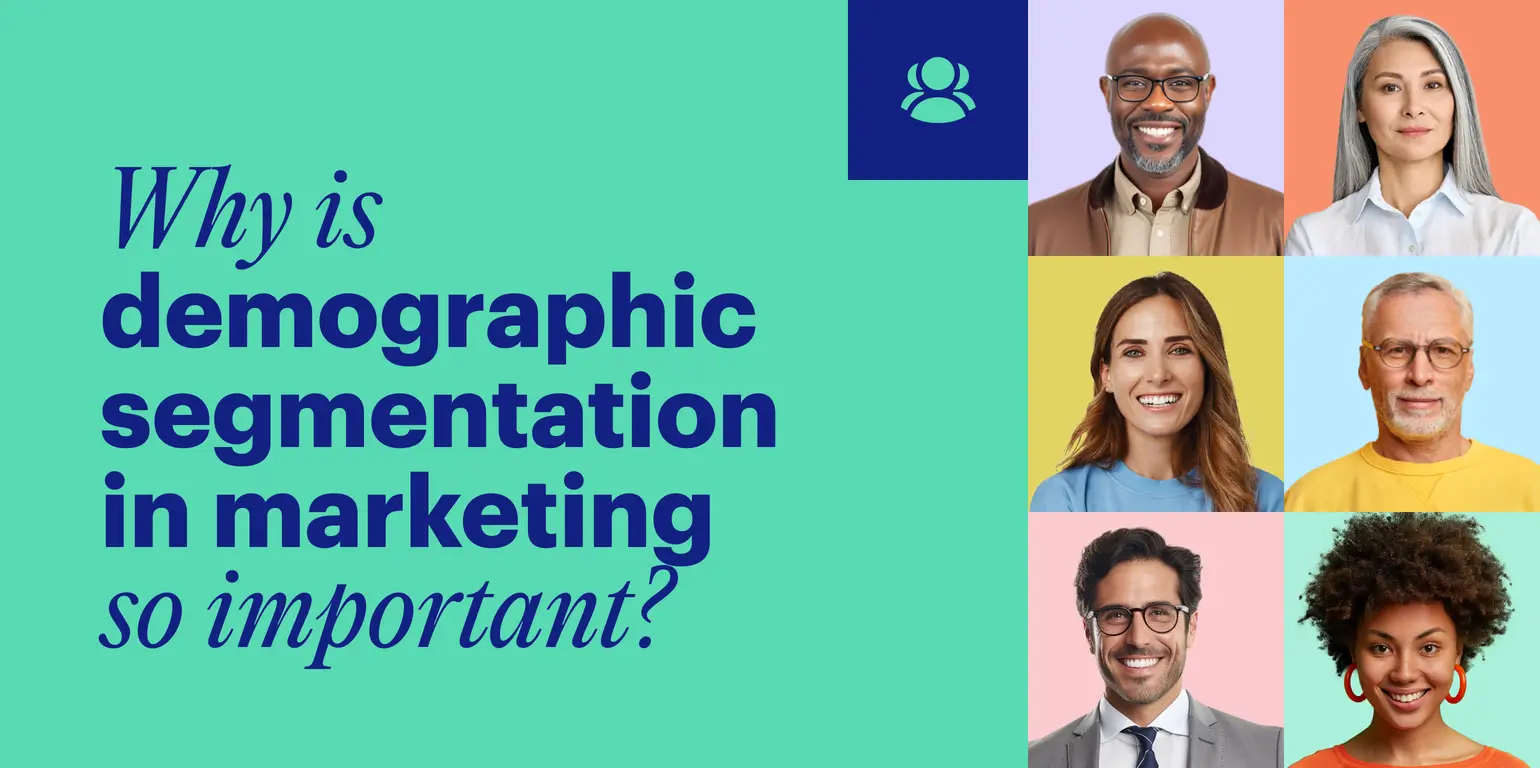What is demographic segmentation?
Demographic segmentation divides your audiences based on data points such as age, gender, marital status, family size, income, education, race, occupation, nationality, and/or religion so you can target relevant ads at them. Demographic segmentation is perhaps the most commonly used method among the four main types of marketing segmentation.
Think of demographic segmentation as splitting your vast audience market into more manageable, targeted chunks, so your marketing messages have a higher likelihood of resonating with your audiences.
Because landing page copy written for millennials won’t be enough to convince boomers to click the CTA button. Just as an offer catered for C-level executives won’t apply to independent contractors.
One marketing campaign isn’t likely to appeal to everyone. A single, 18-year-old college freshman has different wants, needs, and desires than a 45-year-old attorney who’s married with children.
Understanding these similarities and differences between different audience segments allows you to isolate the market into individual categories and create specific selling points accordingly.
For example, NetSuite, an accounting platform targets large enterprises, small businesses, startups, and other businesses. It even dissects its audiences by role.
The platform uses different messaging for all these segments, making sure the features it advertises match their individual needs.
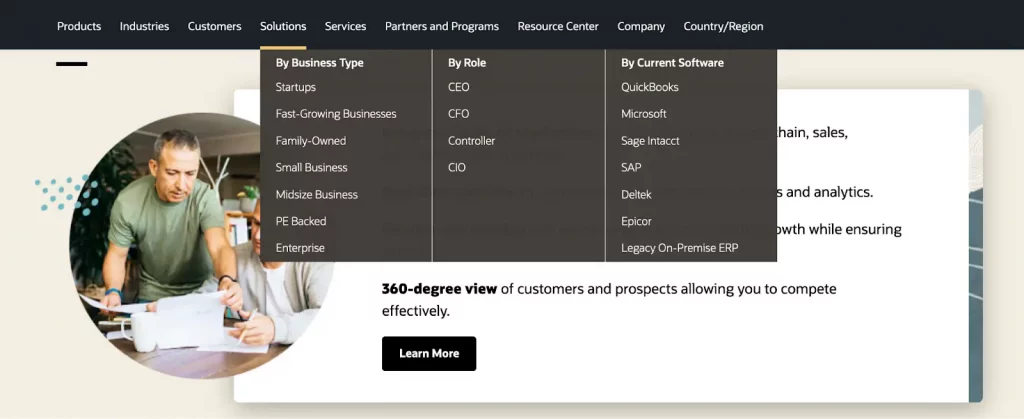
Dollar Shave Club did the same with their ads, they targeted men aged 18-34 with this campaign, and used humorous messaged to get their point across. This campaign helped raise their subscribers by 11%.

Why is demographic segmentation in marketing so important? (Benefits of demographic segmentation)
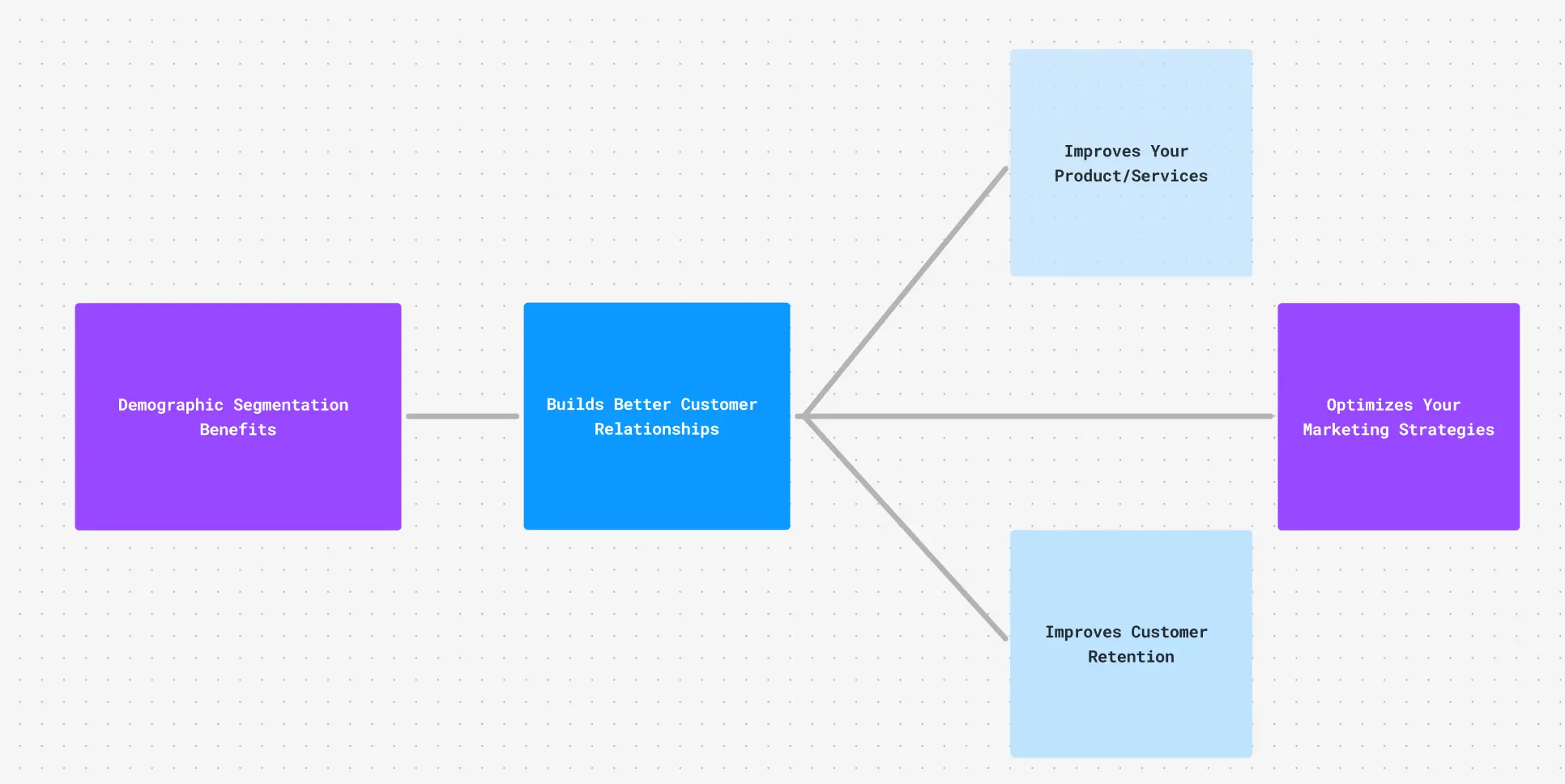
You cannot effectively communicate with an audience when you know nothing about them, and a personalized, targeted approach is essential to managing your advertising spending effectively.
Demographic segmentation allows businesses to target specific demographic groups, leading to reduced wasted effort in marketing, it’s all about creating relevant campaigns to reap benefits such as.
Building long-lasting customer relationships
When you reach customers on a more human level with personalized marketing, it helps you create better customer relationships and helps customers trust you more once the trust is established, your retention rates go up, and your churn rate decreases because existing customers don’t feel the need to abandon your business.
Improving your products and services
When you have a deeper understanding of your target audience, you can understand what exactly it is that their looking for in your product—this helps you tweak and improve your product to fit their needs.
For example, QuickBooks is accounting software targeted specifically at contractors, solopreneurs, small businesses, and agency owners.
The landing page copy addresses concerns of this audience segment—due date reminder emails, invoices with tax, discounts, and shipping costs calculated for them. It sends invoices from anywhere in the world.
Their pricing plans start at $18/month, which is also suitable for this segment. The image with the $150 invoice also relates to contractors and small businesses.
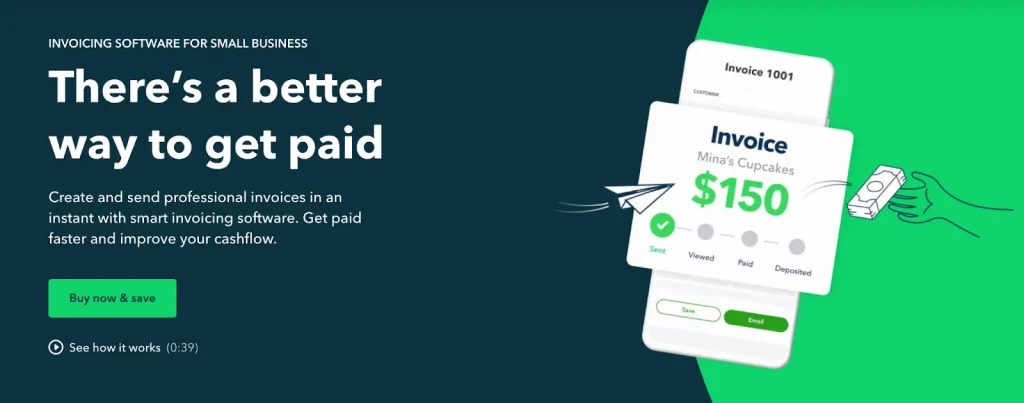
Optimizes your marketing strategies
Demographic segmentation allows you to be more specific with your marketing strategies. It helps clarify your vision which helps you with future marketing campaigns and optimizes your resources, time, and budget.
For example, if 85% of your clients are 20-35 years old, this is the segment you’ll need to target, so your messages will be written only to resonate with this audience segment.
You’ll want to ensure any cultural references in your advertising make sense to this age group. You wouldn’t want to spend your time and money making sure your campaigns make sense to seniors—that would be a waste.
Skinny Confidential features UGC content from young users, and their copy uses vocabulary geared towards young females.
Demographic segmentation examples and variables
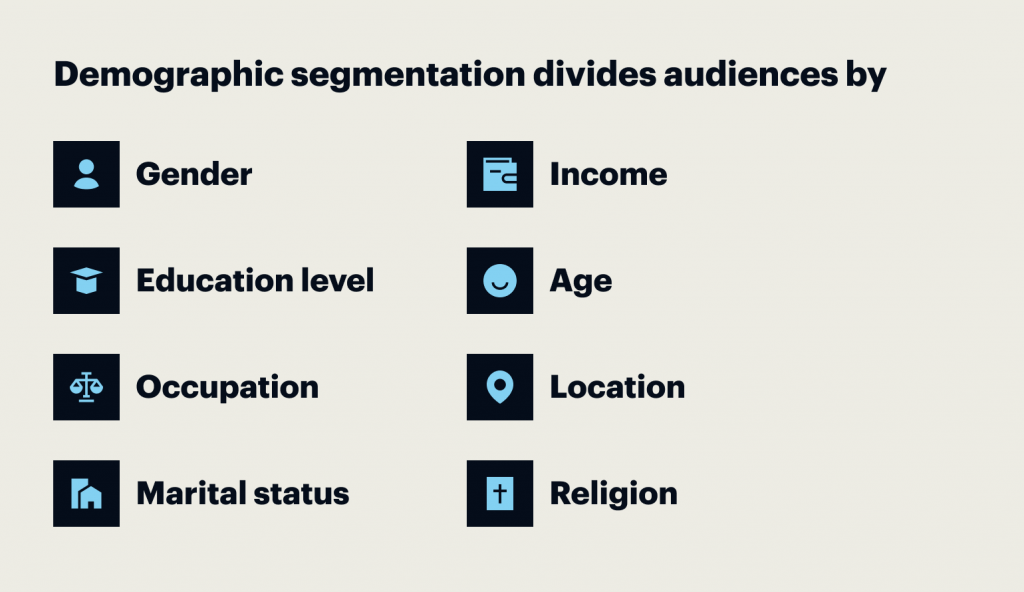
1. Age
Age is the most basic variable, albeit the most important, because consumer preferences continually change with age. Almost all marketing campaigns target age-specific audiences. This variable can be viewed regarding specific age ranges or life cycle stages: babies, children, adolescents, adults, middle-aged, and seniors.
Age segmentation can also be generation-based: baby boomers, Gen X, millennials, etc. Since members within these groups were born around the same time and grew up with similar experiences, they often share similar characteristics and thought processes.
For example, millennials may spend most of their time on Instagram and Facebook, while seniors prefer email inboxes.
Chamberlain Coffee is geared towards younger audiences. They reference that they are “TikTok’s favorite cold brew,” feature user-generated content made by younger customers, and have messaging on the page made for younger females.
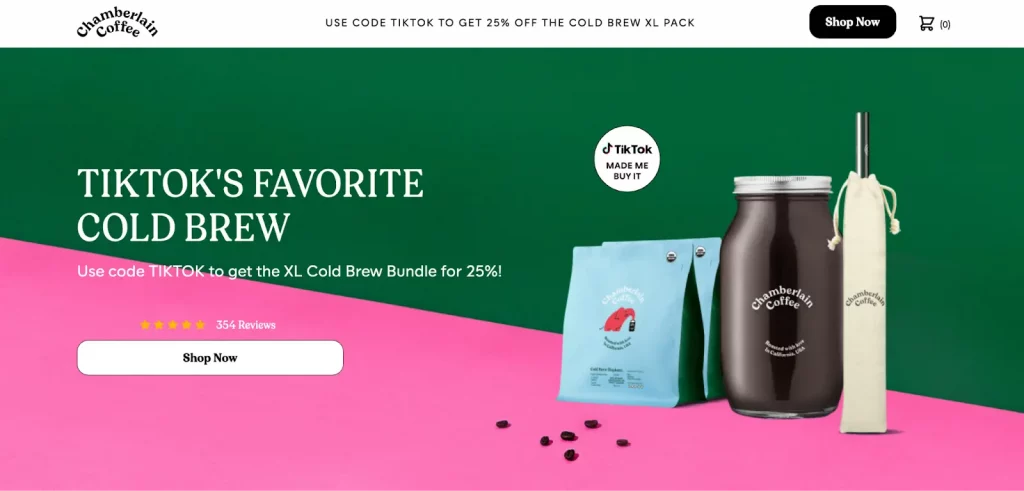
2. Gender
When segmenting based on gender, be careful not to assume gender stereotypes, such as considering pink a feminine color and blue a masculine color. Advertising with gender stereotypes like this could easily make your brand look sexist and cause you to miss out on or anger your target audience.
Let’s look at the differences between skincare brands for men and women.
War Paint is a skincare brand that has a masculine audience.
While SkinPharm is made for women.
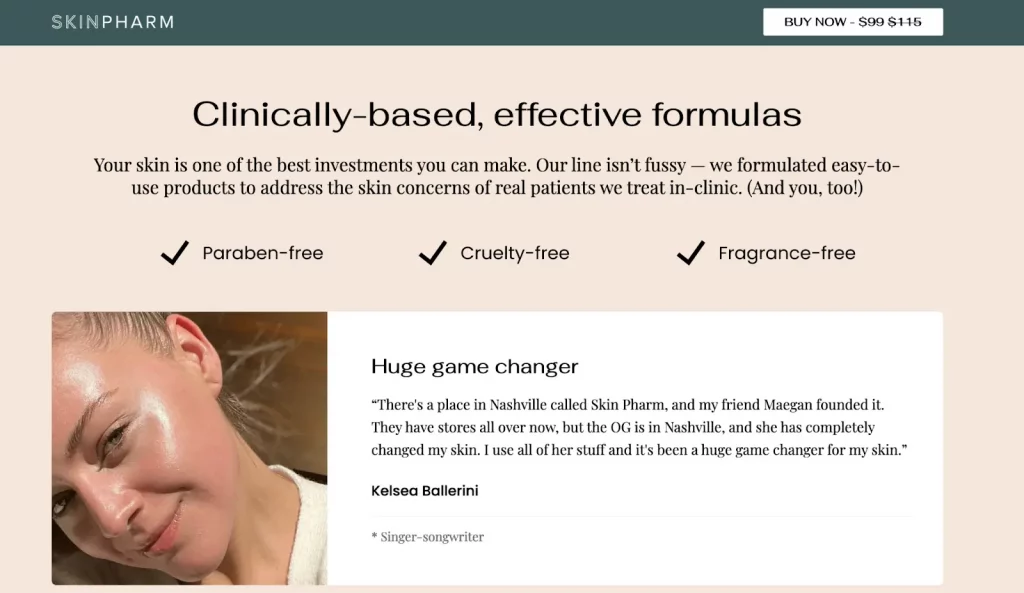
War Paint has darker brand colors and simple, succinct language, while Skinpharm has lighter colors and more detailed product descriptions.
3. Income and occupation
If people can’t afford your product or service, there is no point in showing them ads. After all, you wouldn’t promote a Mercedes or Ferrari to someone who can’t afford a used vehicle with more than 100,000 miles.
- Income targeting lets you measure your audience’s buying power. When you know consumers’ income ranges, you can usually find data supporting how people spend money on both the higher and lower end of the spectrum. Many companies use this data to sell different tiers of the same product based on income level. For instance, airlines have three classes: economy, business, and first class.
- Occupation targeting is also essential since specific resources are aimed at different industries and job titles. This Salesforce page is segmented for professionals affiliated with the education industry.
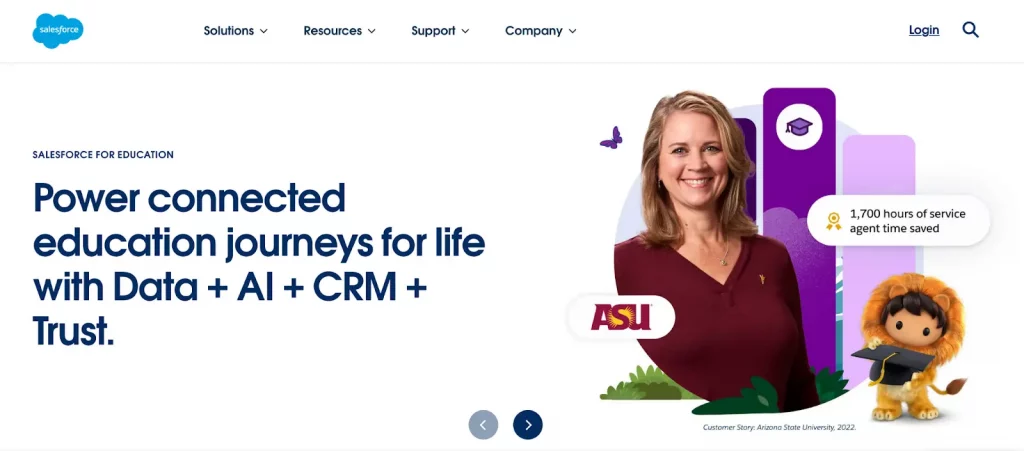
Job titles are essential in an account-based advertising campaign. Unlike traditional demand gen, account-based marketing is often described as a flipped funnel approach because it inverts the process. Rather than targeting individual leads, it targets the account level.
ClickUp does this their landing page which is geared toward marketing teams.
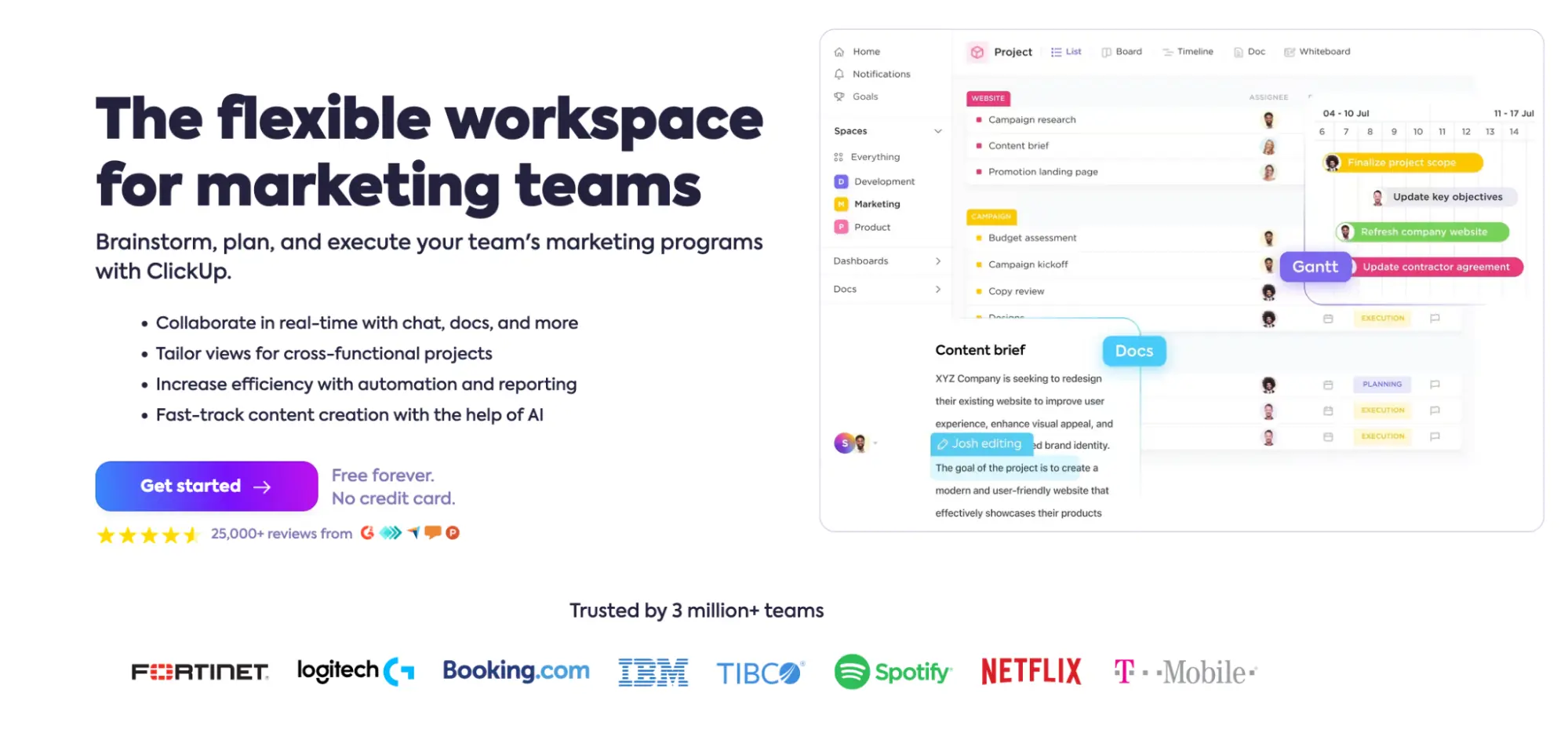
The intent is to reach highly relevant accounts with the most revenue potential, so knowing the occupation is integral.
5. Family
Family makeup can be instrumental in segmentation because when a family’s dynamic changes, its needs and desires often do. This strongly affects their buying habits and your sales process.
Single individuals tend to prioritize themselves, while newly married couples are likely to prioritize each other and their homes. Couples with several children have different needs than those who just had their first child. Large families might be more interested in low-cost household products than couples with the same income but without children.
Ruggable, is a machine-washable rug brand that caterers to families with children and pets, and homes that are prone to regular messes.
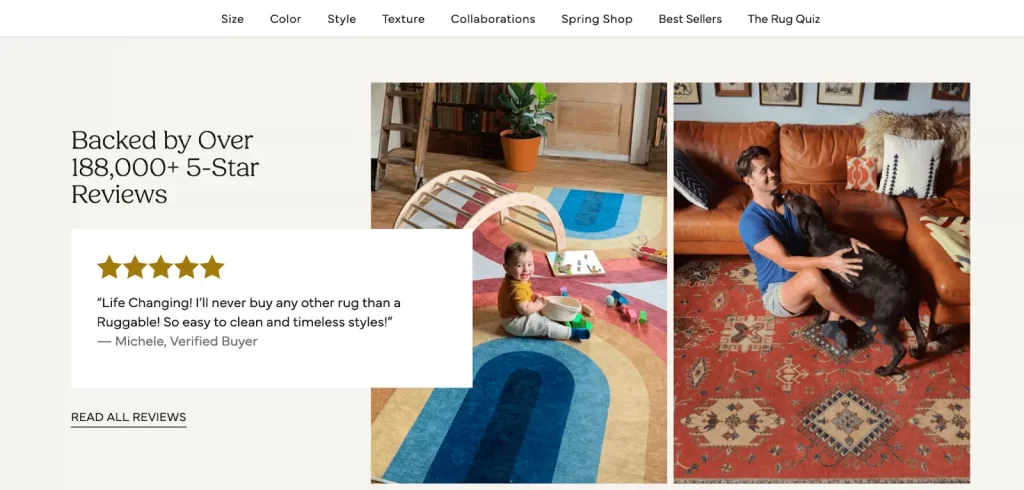
6. Location
Your audience’s location affects their needs, preferences, and buying behaviors. Geographic segmentation categorizes consumers based on their geographic locations, influencing needs and buying behaviors through factors like climate and regional traditions.
This type of segmentation is closely related to demographic segmentation, as it helps in targeted marketing campaigns to specific consumer groups. Weather patterns, local traditions, resource availability, and regional trends all play essential roles in influencing these.
JetPet Resort segments its offers based on location to offer personalized services to audiences in these locations.
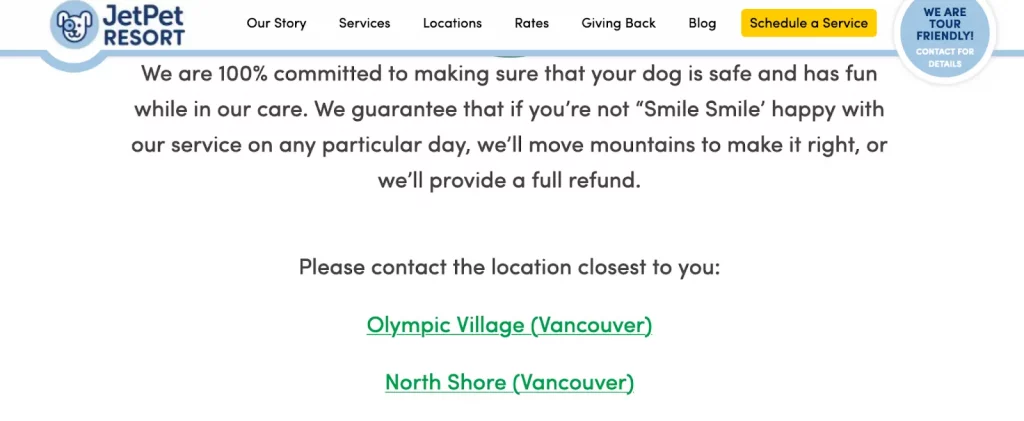
How to collect data for demographic segmentation
First-party data
First-party data is information that you collect directly from your customers. This can include data from surveys, customer feedback forms, and purchase history.
This data is specific to your business and helps you get insights into your customers’ needs and preferences.
Third-party data and public information
Third-party data is information you collect from external sources, such as market research reports, social media analytics, and public records. It helps you identify trends and patterns. Public information data, such as census data and government statistics, is available to the public.
Challenges of demographic segmentation data and how to overcome them
- Data quality: Ensuring your demographic data is accurate and up-to-date is crucial for effective demographic segmentation. To overcome this challenge, make sure to regularly update your data and use data validation techniques to ensure accuracy.
- Data privacy: Collecting and storing demographic data raises concerns about data privacy. To overcome this challenge, make sure to comply with data protection regulations and obtain consent from your customers before collecting their data.
- Segmentation complexity: Use data analytics tools to help you identify patterns and trends in your data, and consider using machine learning algorithms to automate the segmentation process.
Create personalized campaigns for your demographic segments
Once you have your segments sorted you can use this data to create personalized ads and landing pages to usher visitors into your marketing funnel.
Don’t know where to start with personalization? Begin with Instapage.
Instapage’s Personalization feature lets you delight your visitors with dynamically delivered personalized, conversion-optimized landing page experiences to every audience. The platform makes it easier than ever to:
- Create any number of unique audience experiences for each landing page
- A/B test audience experiences and variations to optimize for conversions
- Dynamically pair visitor intent to a relevant landing page experience for each ad
- Match copy to visitor-level data like keywords, firmographics, and demographics
- Generated copy variations for headlines, paragraphs, and CTAs with AI
Experience the power of demographic segmentation and landing page personalization by signing up for an Instapage 14-day free trial.

Try the world's most advanced landing page platform with a risk-free trial.
